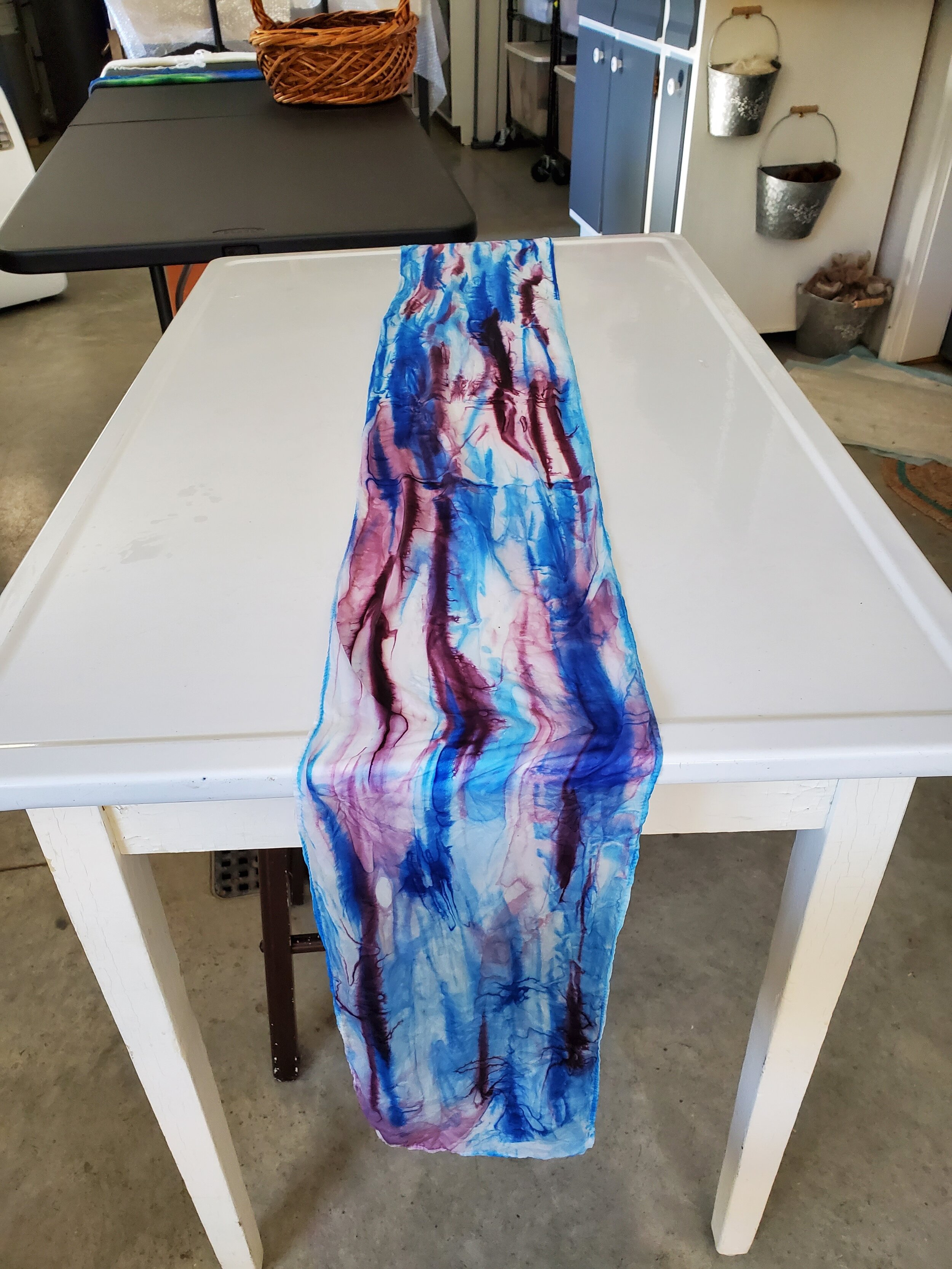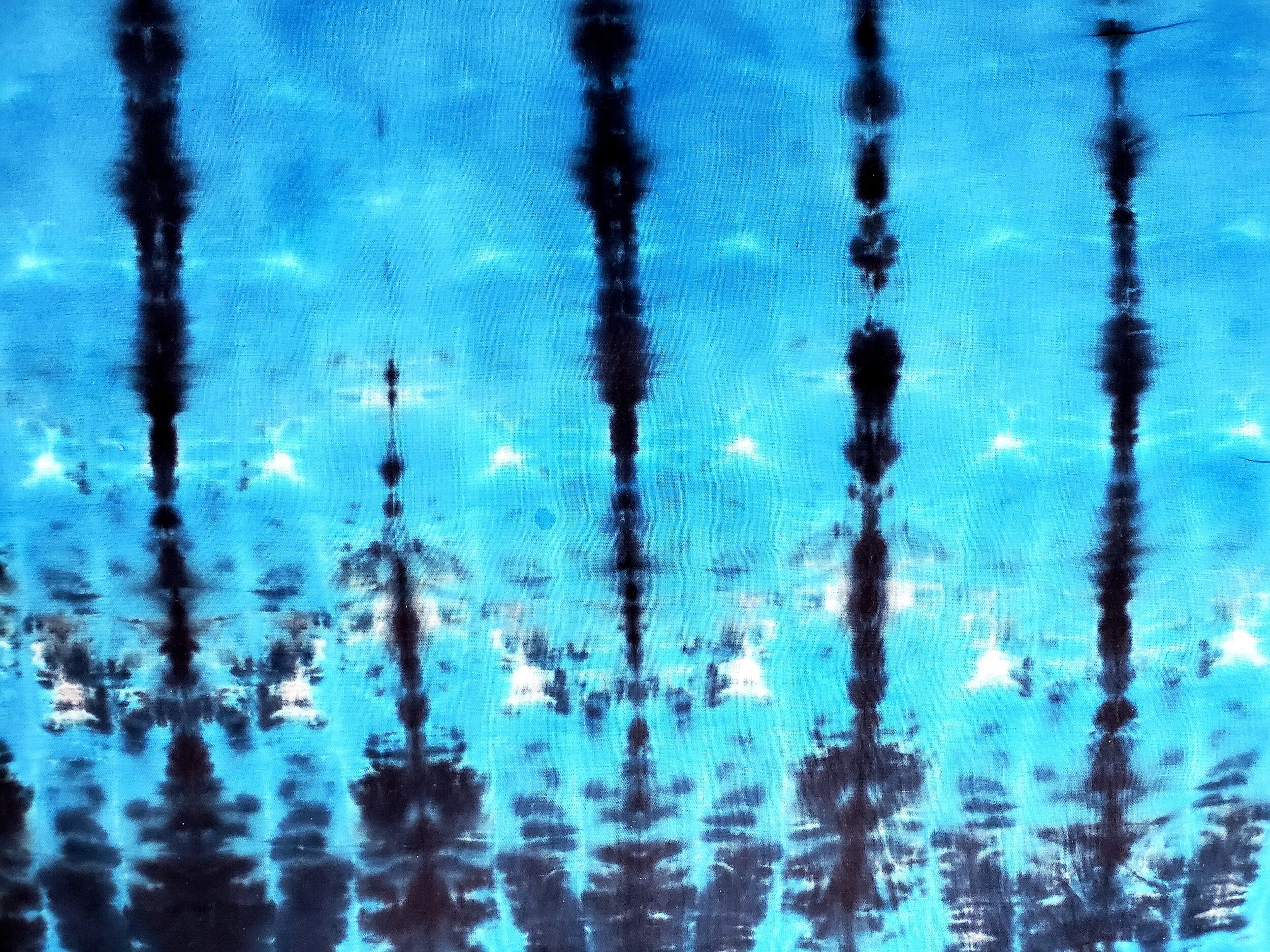
Dyeing Textiles is an ancient art form and has a “colorful” past and is historically significant. When humans first started making clothes, the natural colors of the material were used. As populations grew and people began to congregate into the first civilizations (Egypt, Middle East & China). Laws were created to govern and organize society. This change led to a need for distinguishing between gender, class, and status.
The dye industry was developed to add color to clothing and other goods by using plants, minerals, insects, sea creatures, and lichens. The ease of making dyes varied depending on the availability of the source and techniques used to create the dye. Lower classes wore clothing dyed in colors that were easy to find and less colorfast whereas upper classes could afford garments dyed with expensive, exotic, and brightly hued colors. Rare or scare materials, like the royal purple, which came from sea snails were favored by early monarchs. This color was reserved for royalty and people of high status. The penalty for lower classes found using this coveted color was death!
Synthetic dyes were developed in the mid-19th century alongside other innovations of the Industrial Revolution. Dyed garments became more affordable for everyone. Personally, I enjoy foraging for natural materials to create dyes. It’s a win, win for me – nature and color!

These pictures are a visual story of dyeing with rose petals. Are you surprised to see the color of the silk scarves that were dyed with the pigment extracted from the petals?

This feather-like pattern is made on a cotton dish towel. I love the design and was tempted to frame it!

Close-up of ice dyed silk. I love how the colors set on the fabric.

Silk scarves dyed with instant set dyes. This was the result of an individual lesson with a person who claims not to be creative. Look at the beautiful work she did!

Silk scarf dyed with instant set dyes

Indigo dyed cotton dish towels

Cotton dyed with procion mx dyes

Indigo dyed samples

Mandela design using procion dyes

Natural dye examples. Lavender is from logwood and the green is made from blueberry bushes.

Stencil & hand painting on silk

"The Chalice" tie dyed t-shirt

Colorful tye dye t-shirt.

This is a tie dye design that is reminiscent of a reflection of trees on water.

